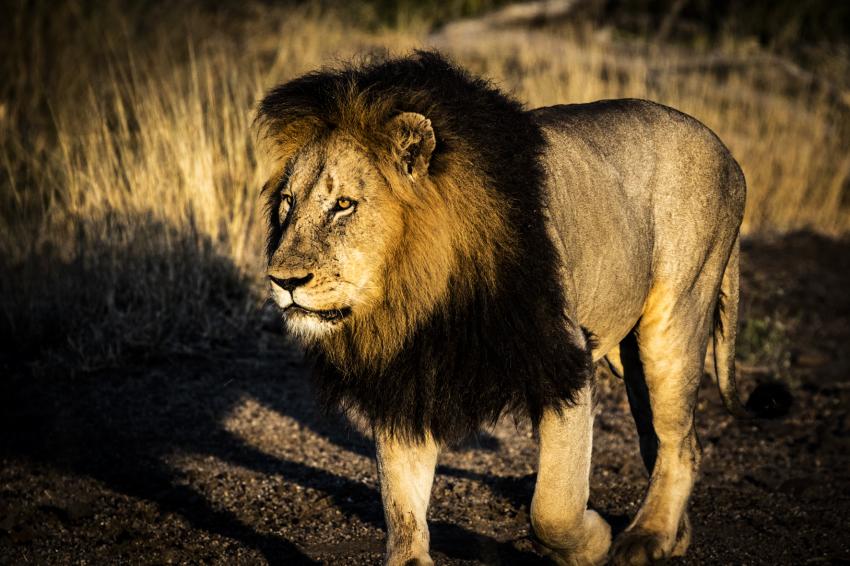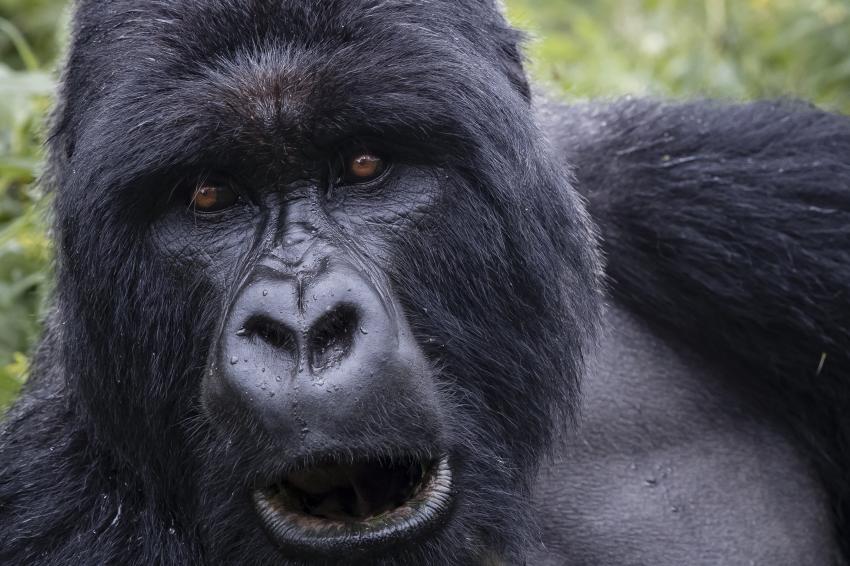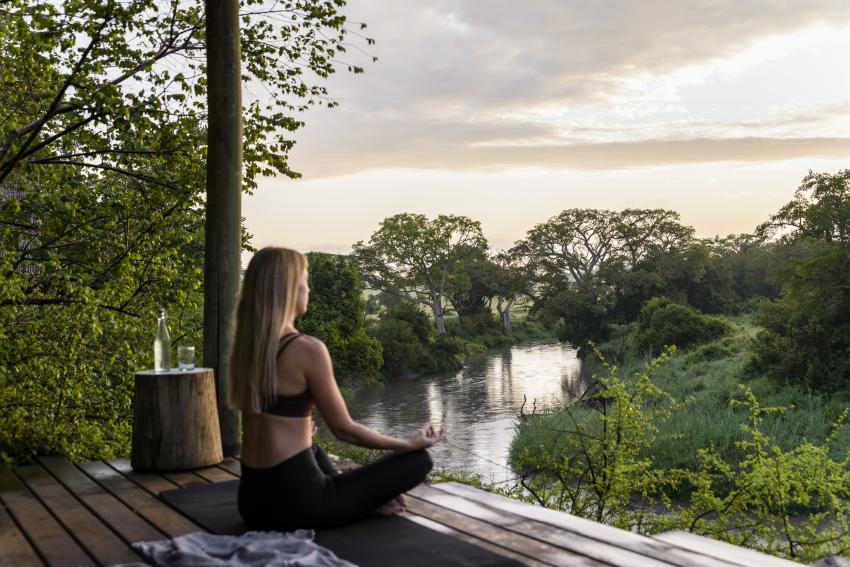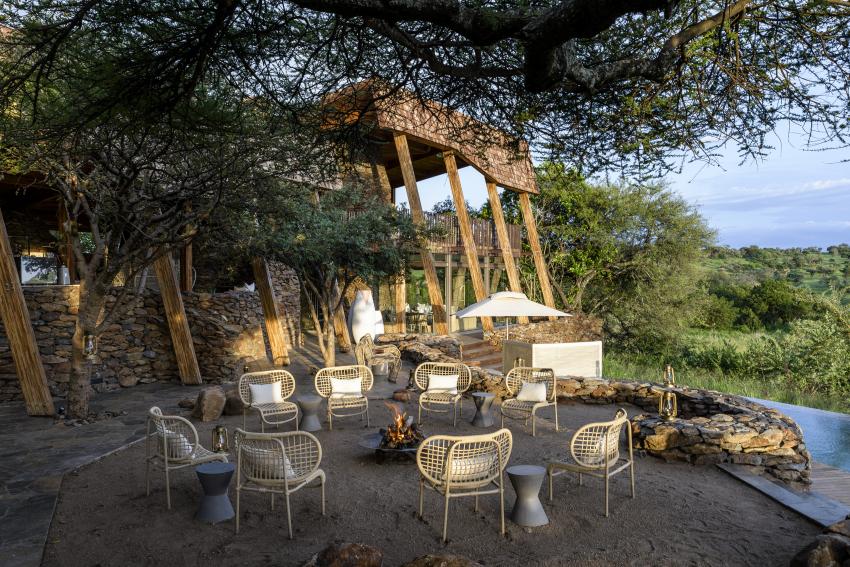A safari in Africa is a “bucket-list” travel experience for many people. But deciding where to go and what to see can be overwhelming. Add to that are myriad options when it comes to accommodation styles and tour operators that it can sometimes feel like the choices are just too many.
In this article, we’ll ask some of the big questions related to planning a safari in Africa to help you make your decisions.
What do you want to experience?
 This is the first question you should ask yourself and your partner or family who might be travelling with you. Don’t worry about what you think you ought to do or what other friends have said are must-visit places but write down what your wildest African safari dreams are.
This is the first question you should ask yourself and your partner or family who might be travelling with you. Don’t worry about what you think you ought to do or what other friends have said are must-visit places but write down what your wildest African safari dreams are.
Perhaps you’ve always dreamt of seeing the Serengeti migration or you want to fly above the seasonal floodplains of the Okavango Delta. Maybe you want to tick the “Big 5” off your list or you have a particular interest in endangered or little-known wildlife species.
Some safari travellers might also want a cultural experience, whether it be meeting the red-robed Maasai warriors of Tanzania, hunting with the San Bushmen in Botswana’s Kalahari of meeting the Turkana people of northern Kenya. Those with a passion for history might want to see the “Cradle of Mankind” at Olduvai Gorge and witness the Matobo Hills rock art sites of Zimbabwe or stroll through the Swahili port town of Lamu.
There is no “right” or “wrong” in terms of what you should do. So go with what your heart is saying, then make it a reality!
Where should you go?
Once you’ve determined what you want to experience, it will narrow down the best destinations for your African safari. The majority of wildlife viewing on the continent is centred around Eastern, Southern and Central Africa, with landscapes that range from acacia-dotted savannah to lush rainforests in the shadow of volcanoes.

South Africa is renowned for its big-ticket wildlife parks such as Kruger and Sabi Sands where you can get up close to the “Big Five”. Neighbouring Namibia has garnered a reputation for its self-drive safaris through the arid landscapes of Etosha National Park, which is dotted with salt pans and a great place for seeing black rhinos.
Botswana is famed for its wildlife sightings along the Chobe River and the Okavango Delta, with luxury tented lodges and low tourist numbers that add to its exclusivity. Zambia is frequented by seasoned safari travelers wanting to explore off-the-beaten-track while enjoying easy access to Victoria Falls. There’s often a more rustic feel at Zambia’s camps and lodges where wildlife will probably stroll directly through the grounds.
Both Rwanda and Uganda are best known for their mountain gorilla and primate-trekking safaris, although big game wildlife can also be spotted in Uganda’s Queen Elizabeth National Park. Bwindi Impenetrable National Forest and Virunga National Park are the main bases for gorilla trekking while Kibale National Park and Ngungwe National Park are both renowned for their chimpanzees.

Kenya and Tanzania are the go-to destinations for safari travelers wanting a classic experience and guaranteed wildlife sights, with parks such as the Serengeti and Maasai Mara having a reputation that precedes them. But aside from these renowned migration destinations, Tanzania safaris alsovisit the UNESCO-listed Ngorongoro Crater and beautiful Lake Manyara National Park. Just across the border, Kenya boasts Amboseli National Park, Nakuru National Park and plenty of conservations for private experience.
What style of accommodation and service do you want?
African safari experiences can range from five-star luxury Serengeti lodges to basic, tented campsites and everything in between. Knowing what style of experience you want (and how much you’re willing to spend) will help to determine the choice of accommodation and service.

At the top end of the range are all-inclusive luxury lodges and camps where you can expect the best guides, personalised safari experiences and exclusive accommodation. Most boast stunning locations and the opportunity to spot wildlife from the comfort of your private deck, as well as sumptuous cuisine and indulgent facilities, such as swimming pools and spas. Transportation may include charter flights direct to the lodge or just a short journey by land from the airstrip.
If you’re not willing to splurge quite that much, you can opt for a mid-range experience. This will still ensure high standards of service and wildlife-viewing activities, although there may be less flexibility in terms of when game drives depart and vehicles will likely be shared with other guests. You can still expect a spacious room or safari tent and delicious meals, with drinks often charged separately, rather than an all-inclusive arrangement. Most will be accessible by plane to a nearby airstrip, with a supplementary journey by road as well.
At the lowest end of the price range are economical guesthouses and campsites, most of which are located in heavily-trafficked tourist areas. You can expect simple rooms or tents with no-frills, as well as basic, buffet-style meals. Activities will depart at set times and all of the safari services will probably be shared, although you’ll still get the services of a knowledgeable guide (maybe with less experience than others). Most of these accommodations can be accessed by road (sometimes with long journeys) to keep guest costs to a minimum.
How long should you go on safari?
Once you’ve determined where you want to go and what you want to see, you can start planning your itinerary. For most travelers, getting to Africa in the first place is going to be quite costly and involve tiring air travel. So you want to stay long enough to make the most of the experience and give your body time to adjust on arrival. It’s also important to take into consideration your own health and not plan a grueling itinerary that will leave you more exhausted than when you arrived.
If you’re restricted to a two-week vacation, then you want to plan your itinerary logically so you aren’t backtracking or spending half your time on the road. Over 14 days, you can easily visit three or even four different wildlife parks without feeling rushed or perhaps add on a beach extension or cultural experience. If you’re limited to just a week, then decide on just a couple of areas to explore in-depth. A Tanzania safari package along the Northern Circuit is ideal, with multiple wildlife parks situated in close proximity so you can easily hop between them.
Deciding where to go in the time you have available is made easier with the help of an expert safari planner. They can draw on their in-country knowledge and logistical expertise to craft a relaxed itinerary while still ensuring you see everything you want to experience.
Should you add a post-safari extension?
While Africa is famed for its safari experiences, the continent also boasts idyllic islands and culturally rich cities to explore. If you’re interested in venturing beyond the wildlife parks, why not add on a few days kicking back on an Indian Ocean beach or scuba diving in the offshore reefs. Perhaps you want to explore beguiling Cape Town or discover the rich spice trade history of Zanzibar. Adventurous travellers might also want to conquer the summit of Mount Kilimanjaro or go whitewater rafting on the Zambezi River.
Once you’ve flown as far as Africa, you might as well make the most of it and discover as much of this enchanting continent as possible!

If you’re planning a safari adventure to Africa, let our team of experts assist in creating a customised itinerary that meets you and your family’s needs. Simply let us know your interests, preferred travel style and trip length and we’ll offer you an inspiring range of options that will exceed your African safari expectations.

 1-321-766-6821
1-321-766-6821 










